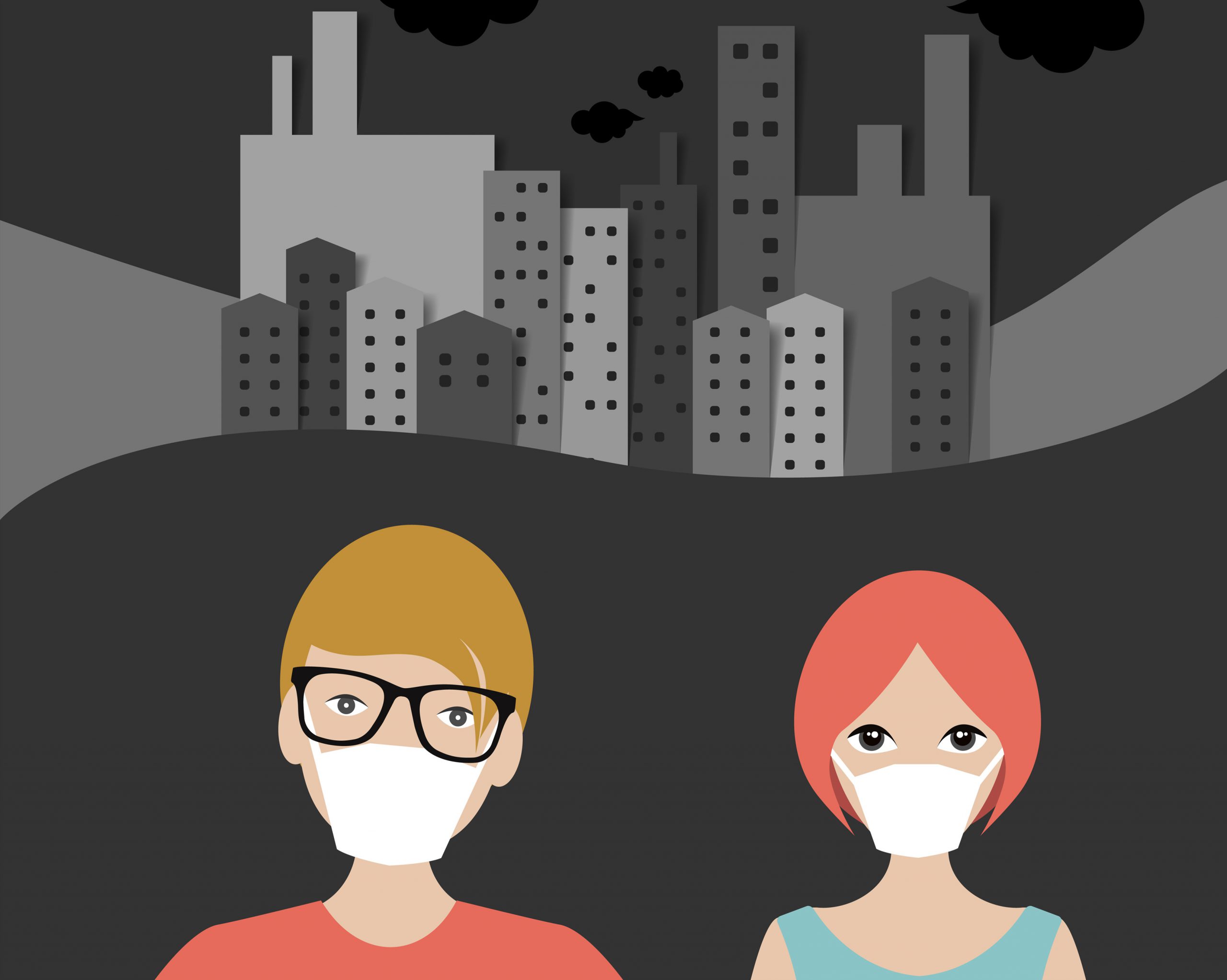Air pollution is considered to be a silent killer that affects our daily lives. From the exhaust fumes of vehicles to industrial emissions and even natural sources like dust storms, the air we breathe is often contaminated with many harmful particles and gases. While we often associate respiratory problems with air pollution, its impact on heart health is equally concerning.
Effect of Air Pollution on the Heart
Particulate matter (PM) and gaseous pollutants are known to cause great harm to the cardiovascular system. Fine particulate matter, known as PM2.5, consists of tiny particles less than 2.5 micrometers in diameter. These minuscule particles can penetrate deep into the lungs and even enter the bloodstream. Once the particles enter the bloodstream, they can trigger a cascade of reactions that contribute to the development and progression of heart disease.
- Inflammation: PM2.5 and other pollutants can induce inflammation in the arteries. Inflammatory responses can lead to the buildup of plaque in the arteries, a condition known as atherosclerosis. Atherosclerosis narrows the arteries and restricts blood flow to the heart, increasing the risk of heart attacks and strokes.
- Blood pressure: Air pollution has been linked to increased blood pressure. Over time, elevated blood pressure can strain the heart and lead to conditions like hypertension and hypertensive heart disease. These conditions make the heart work harder and can result in heart failure.
- Irregular heart rhythms: Some studies have suggested that air pollution may contribute to irregular heart rhythms, known as arrhythmias. These irregular heartbeats can be life-threatening, especially in individuals with pre-existing heart conditions.
- Heart attacks: The risk of heart attacks, or myocardial infarctions, is significantly higher in areas with high levels of air pollution. Pollutants can trigger the rupture of existing plaques in the arteries, leading to blood clots that can block blood flow to the heart muscle.
- Heart failure: Air pollution can aggravate existing heart conditions, such as heart failure, by increasing the workload on the heart. Heart failure occurs when the heart cannot pump blood effectively, leading to a buildup of fluid in the lungs and other tissues.
Who Is at Risk?
Leading cardiovascular surgeon Dr. Ramji Mehrotra cites the example of the high levels of air pollution in New Delhi and is of the opinion that while air pollution poses a risk to everyone, certain groups are more vulnerable to its adverse effects on the heart. These include:
- Elderly individuals: Older adults are more likely to have pre-existing heart conditions, making them more susceptible to the harmful effects of air pollution.
- Children: Developing hearts in children are more sensitive to environmental stressors, including air pollution, which can have long-term implications for their heart health.
- People with pre-existing heart conditions: Those with conditions like coronary artery disease, hypertension, and heart failure are at greater risk of experiencing adverse cardiovascular effects from air pollution.
- Individuals with low socioeconomic status: People in lower-income communities often face higher exposure to air pollution due to factors like living closer to industrial areas and having limited access to healthcare resources.
Reducing the Risk
Considering the link between air pollution and heart disease, it is crucial to take steps to reduce the risk. Here are some strategies to protect your heart:
- Stay informed: Monitor local air quality and avoid outdoor activities on days when air pollution levels are high.
- Use air purifiers: Indoor air pollution can also be a concern, so using air purifiers at home can help reduce exposure to harmful particles.
- Reduce vehicle emissions: Carpooling, using public transportation, and driving fuel-efficient vehicles can help reduce the emissions that contribute to outdoor air pollution.
- Plant trees and vegetation: Greenery can act as natural air filters and improve local air quality. Supporting and participating in urban reforestation efforts can make a difference.
- Advocate for clean energy: Supporting policies and initiatives that promote clean energy sources and reduce emissions is essential for long-term improvement in air quality.
- Lead a heart-healthy lifestyle: A heart-healthy diet, regular exercise, and stress management can help mitigate the effects of air pollution on heart health.
- Avoid Smoking and tobacco use.
Conclusion
Dr. Mehrotra is of the opinion that Air Pollution is not only a threat to our respiratory health but also a silent contributor to heart disease. The tiny particles and harmful gases in polluted air can have profound and lasting effects on the cardiovascular system, increasing the risk of heart attacks, high blood pressure, and other heart-related conditions. Protecting your heart from air pollution involves a combination of individual actions, community efforts, and policy changes. By taking these steps, we can breathe easier and ensure a healthier future for our hearts.


